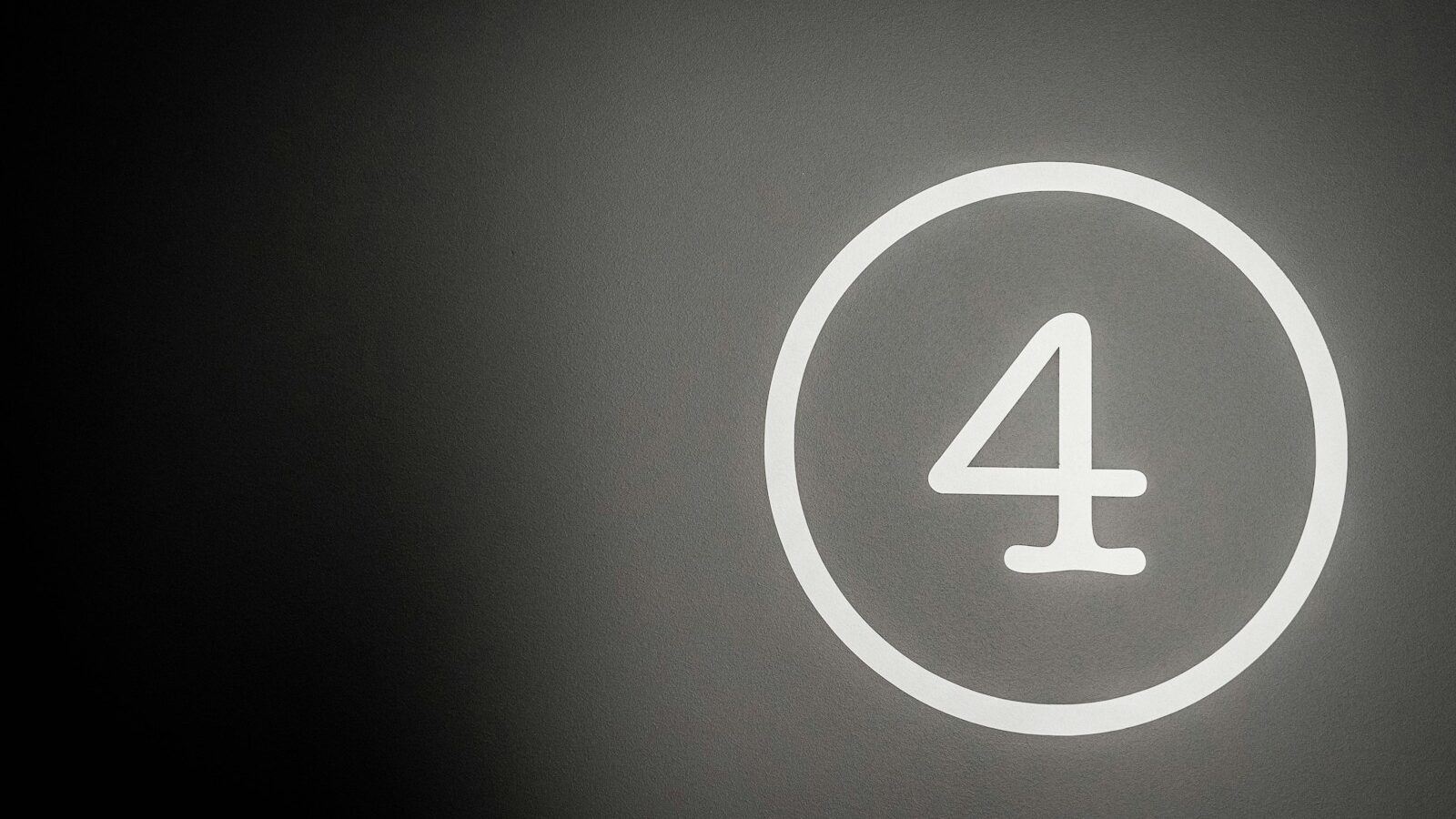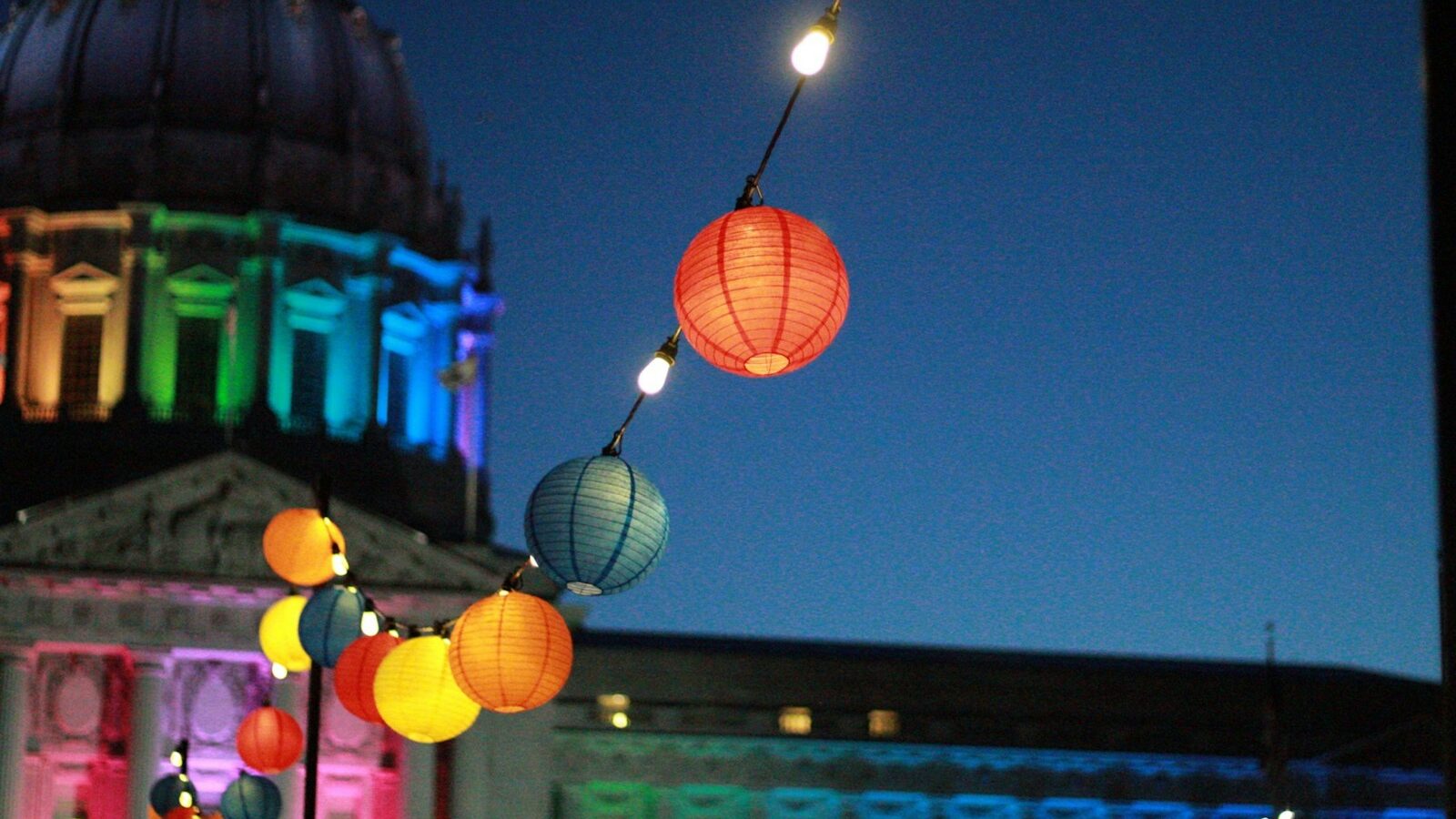We all know that workplace stress can have long-lasting negative consequences on employees. Long hours, unrealistic demands, and looming layoffs can lead to an increase in workplace conflict and health problems. But these issues are compounded when the workplace itself is a part of the problem.
Academic research highlights the importance of the workplace environment on employees’ physical and emotional wellbeing, including how the brain/mind reacts to different surroundings.
This links directly into the experience of workplace mediators, who not only deal with many cases that include conflict related to the office environment, but who also experience the effect of the room environment on a mediation process.
A key question this article asks and answers is: how can room environment affect conflict, and what can we do about it?
The psychology of office space
The effect of office designs is the topic of a recent presentation by the University of Southern California’s (USC) on the psychology of different office spaces.
The history of office environments is illuminating in respect of the priorities of each era:
- the creation of large, open spaces with everyone facing a supervisor in the 1920s;
- the invention of air conditioning and fluorescent lighting in the 1930s and 1940s, which allowed independence from natural ventilation and daylight;
- cubicles in the 1960s, 70s and 80s, that gave the worker more privacy, but also led to cramming as many people into as little space as possible;
- a return to the open space offices of the 1990s, with the increase in technology;
- finally, the search for new design of spaces from the 2000s, where flexibility and collaboration are encouraged.
Open offices and lack of natural light as sources of stress
Open and lean work spaces, so prevalent in the last decades, bring more strain than benefits.
Studies showing that open space offices don’t work include research by Laurence and colleagues published in the Journal of Environmental Psychology.
They demonstrated that low privacy in the work environment results in pressure on workers to divide their attention between focusing on their work, handling distractions and suppressing feelings of being monitored.
These stresses make people more susceptible to feeling defensive and on edge, which are an easy cocktail for destructive conflict.
Open and lean work spaces, so prevalent in the last decades, bring more strain than benefits.
The type and quality of light in an office is essential in maintaining low stress and greater performance.
Research by Cheung et al. reported that the detrimental impact of working in a windowless environment is a universal phenomenon.
They conclude that there is a strong relationship between workplace daylight exposure and office workers' sleep, level of activity and quality of life.
Workers without windows reported lower scores than their counterparts on quality of life measures related to physical problems and vitality. They also had poorer outcomes in measures of overall sleep quality, efficiency and disturbances and daytime dysfunction.
Again, this increases the potential for destructive workplace conflict.
Stress and workplace conflict
When we are under stress, we revert to our primitive fight or flight response – the brain doesn’t appreciate that it’s not a lion attack but an irritable colleague.
Or, if the company’s open plan with hot-desking and workers feel stressed about lack of privacy, feeling monitored and being distracted.
Maybe they don’t feel part of a team because each day they are sitting in a different part of the office or they are not allowed to make any of the space their own or are constantly under artificial light.
The stresses caused can very easily be the ground where difficult conversations ensue and conflicts are born and escalated.
In situations like these the parts of the brain that deal with problem-solving, empathy and complex communication are partially or totally hijacked by the parts that respond to those ‘danger’ signals.
And, in very quick succession, effective communication becomes less effective, assumptions become ‘facts’, psychological insecurities become our platform of communication and suddenly destructive workplace conflict erupts.
What can be done?
Personalise one’s own space.
Laurence and colleagues suggested that it is important to ‘own’ a place in the office where individuals can choose the decoration and arrangements.
This “should further contribute to individuals’ positive cognitive and affective states, resulting in enhanced mental resources, enabling better coping with the potentially debilitating interferences associated with low privacy”.
Natural light significantly enhances wellbeing and productivity. Research on the impact of visual landscapes also offers evidence of positive health and wellbeing effects when the office had views to outside landscapes that workers could access.
Natural landscapes gave a stronger positive health effect compared to urban landscapes.
A study by Velarde et al. identified three main kinds of positive health effects related to natural light: short-term recovery from stress or mental fatigue, faster physical recovery from illness, and long-term overall improvement in people's health and wellbeing.
Another factor which has a strong effect on workers’ psychological and physical wellbeing in terms of their office surroundings is colour.
Research from Mehta and Zhu showed that using red enhances performance on detail-oriented cognitive tasks, whereas blue leads to better performance on creative tasks. Green was proved to enhance creative performance (Lichtenfeld et al,).
Colour can also be used to minimise the anxiety of open plan environments. According to interior designer Mark Zavislak, who was interviewed by Allen in 2015, “One way to do that is by mimicking natural environments to produce a calming effect – lots of greens, blues, and yellows.”
So, in summary:
- Less stressed workers can better handle workplace conflict situations and are more likely to reach a constructive outcome.
- Be aware of the research on wellbeing and listen to the needs of your people. Their office environments will have a huge positive or negative impact on them and their wellbeing.
- Allow people to have different office spaces for different functions, some of which can be personalised by the workers.
- Use natural or full-spectrum lighting, preferably with windows that can be opened to allow for natural ventilation.
- Try to match the colours of the rooms with their intended usage.
- In an urban environment, allow for plants and natural colours to create more relaxing spaces within the office.
Finally, from the perspective of a workplace mediator, we encounter numerous situations where organisations attempt to conduct mediation sessions in small windowless rooms.
They don’t consider that this type of environment will increase the stress levels of already stressed people (as all the people engaged in workplace mediation usually are).
When facilitating a mediation process, it is vital to work in a room which is private and spacious, with calming decoration (plants, drinks, pictures etc), with natural light and ventilation, soft colours and with some nature around it.
This provides a great starting point to support people in conflict to move forward in a constructive and positive way. As the research demonstrates, the environment is fundamental to our physical and emotional wellbeing.
References:
Allen, J. (2015) “Using Color and Light to Improve Workplace Performance and Productivity. How Strategic Selection of Interior Design Color Impacts Creativity and Focus.” Published: 4-29-2015 at https://www.tradelineinc.com/reports/2015-4/using-color-and-light-improve-workplace-performance-and-productivity Based on a presentation by Mark Zavislak and Marilee Lloyd at Tradeline’s Space Strategies 2014 conference.
Cheung, I.N., Reid, K.J., Wang, C., Kuo, N., Zee, P. and Boubekri, M. (2013) “Impact of workplace daylight exposure on sleep, physical activity, and quality of life”, Sleep, Volume 36, 2013, Journal of sleep and sleep disorders research 27th Annual Meeting of the Associated Professional Sleep Societies, LLC
Laurence, G.A., Fried, Y. and Slowikc, L.H. (2013) “’My space’: A moderated mediation model of the effect of architectural and experienced privacy and workspace personalization on emotional exhaustion at work”, Journal of Environmental Psychology, 36, 144–152
Lichtenfeld, S., Elliot, A.J., Maier, M.A. and Pekrun, R. (2012) “Fertile Green: Green Facilitates Creative Performance”, Personality and Social Psychology Bulletin 38(6) 784–797
Mehta, R.P. and Zhu, R.J. (2009),"Blue Or Red? Exploring the Effect of Color on Cognitive Performance", Advances in Consumer Research, Volume 36, Pages: 1045-1046
Velarde, M.D., Fry, G. and Tveit, M. (2007) “Health effects of viewing landscapes – Landscape types in environmental psychology”, Urban Forestry & Urban Greening Volume 6, Issue 4, 15 November 2007, Pages 199–212






